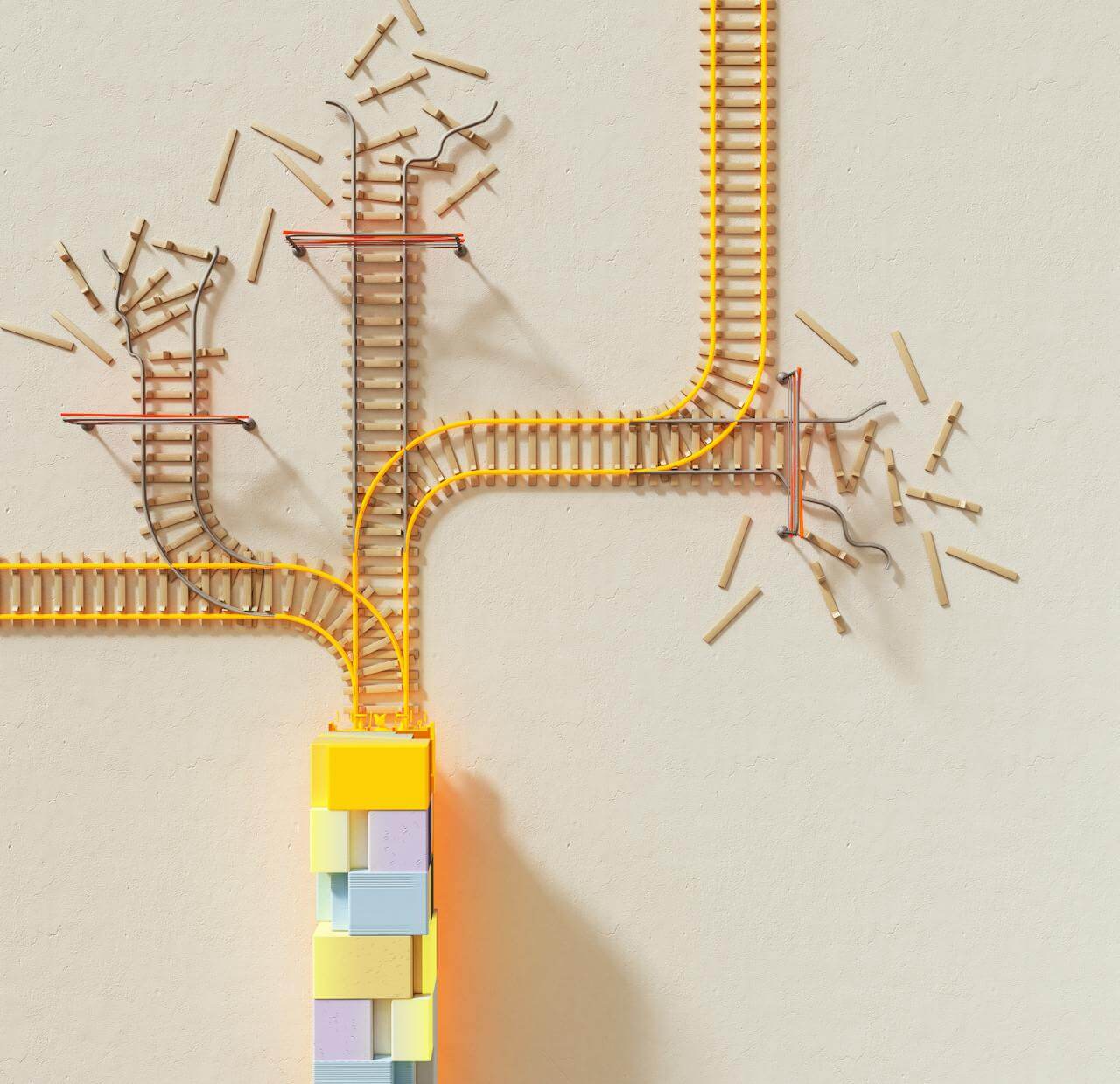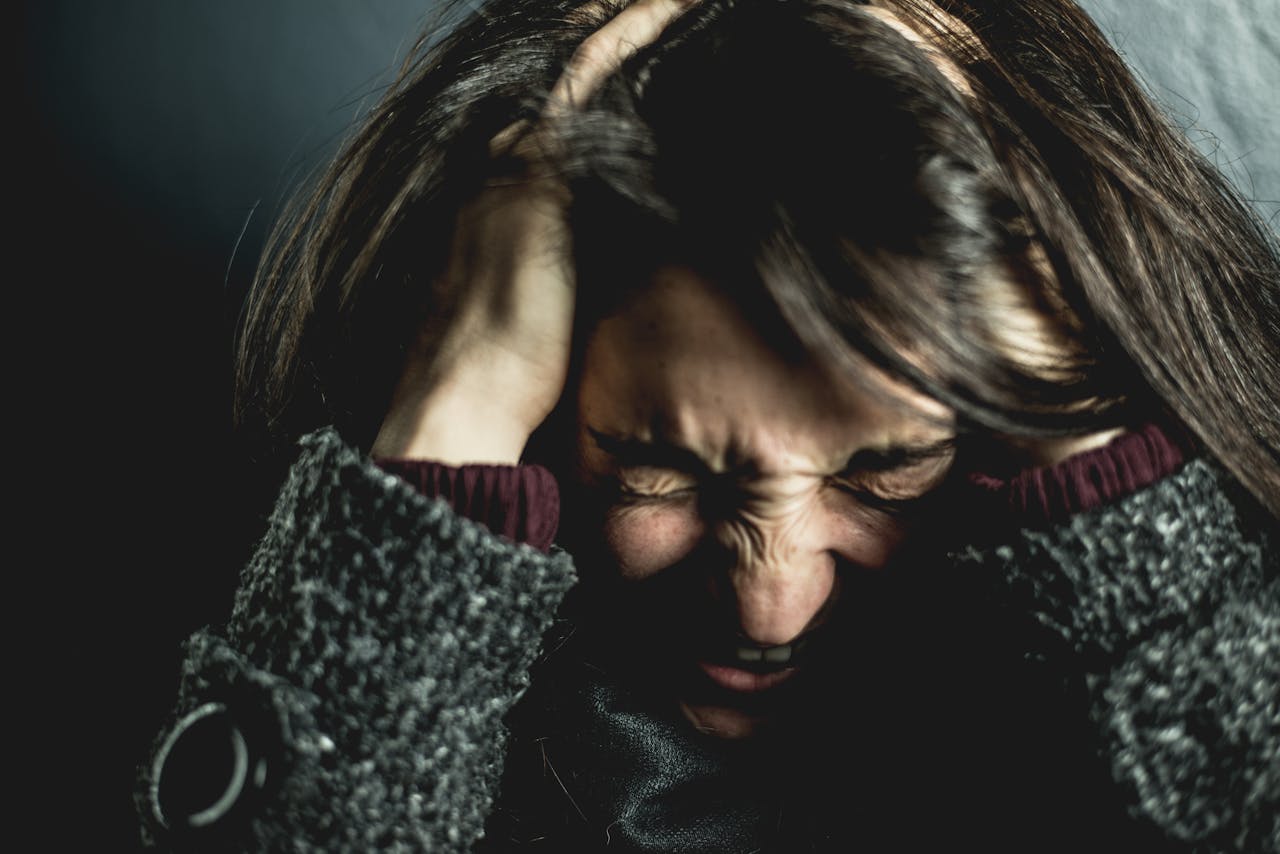The comparison of injury in war and schools will anger some, because they hear equivalence where we are tracing continuity. War reveals the end point of bureaucratised empathy; schools show where it begins. In both theatres, people are trained to suppress the body’s alarm in order to function, and in both theatres that training becomes culture. Remembrance day means more than honouring soldiers; it means refusing the routines that produce harm in the first place. As November 11th, approaches, we will be publishing an essay every day on the parallels between militarised violence and educational harm.
We like to pretend that schools are insulated from the moral weather of the world, yet every day inside those bright rooms adults encounter small orders to abandon their own sense of goodness, and with repetition those orders begin to feel like work rather than harm, which is exactly how moral injury takes hold: not as spectacle, but as a slow undoing of what a person believes. ptsd.va.gov
Moral injury, as military clinicians first formalised it, arises when a person perpetrates, witnesses, or fails to prevent acts that transgress their deepest moral code; it is distinct from fear-based trauma, because the wound centres on violation, betrayal, and the collapse of trust in oneself and one’s institutions. PubMed+1
Teachers meet a domestic version of this wound when policies instruct them to withhold support from a distressed child to preserve “classroom order,” when they watch exclusions they cannot stop, when their professional obligations are subordinated to budgets and reputations, and when empathy is treated as insubordination; the injury is moral because the damage lands on conscience before it lands on nerves. tandfonline.com
Burnout talks about depletion; moral injury talks about betrayal. Naming the difference matters, because if we misdiagnose a teacher’s collapse as simple exhaustion, we prescribe self-care to a problem produced by policy, leadership, and culture. In health care this reframing has already begun—clinicians argue that what we call burnout often reflects systemic violations that force practitioners to act against their own ethics—an analysis that maps cleanly onto education. PMC+1
-
The unseen wounds of advocacy: caregiver burnout, moral injury, and embodied grief
Caregiver burnout in BC schools reflects moral injury and systemic betrayal, as mothers fight exclusion and harm while advocating for disabled children.
What makes injury likely
Post-traumatic stress has a recipe we increasingly understand: exposure to death, threat, serious injury, or sexual violence—whether direct, witnessed, learned about in relation to a close other, or experienced repeatedly in one’s role—and then a cluster of intrusive, avoidant, negative-mood, and hyperarousal symptoms that persist. The DSM-5 moved decisively to recognise witnessing and occupational exposure as legitimate pathways. ptsd.va.gov+1
Moral injury layers different ingredients on top of that base: perceived transgression of core values; betrayal by leaders or systems; and an inability to justify or integrate what one has seen or done into an intact moral self. Shame, guilt, anger, and spiritual estrangement dominate this experience. PubMed+1
Near misses and role to protect also complicate the neat line we draw between “combat” and “classroom.” First, the body often responds to “near misses” as if the harm had happened, because the amygdala codes perceived mortal threat rather than legal outcome; repeated close calls, chronic crisis management, and constant anticipation of harm keep the sympathetic system running hot, which primes both PTSD and despair. betterhealth.vic.gov.au
Second, the presence of children intensifies moral load: many responders report magnified distress when the victims are young, and for teachers the victims are not strangers but the very people their role obliges them to protect; the institutional demand to remain calm in the face of a child’s pain becomes an ethical vise. (This mechanism is reflected in the moral-injury literature’s emphasis on role-based duty and betrayal by authority.) PubMed
Context also modulates risk. Social support reliably buffers PTSD severity, whereas betrayal and institutional abandonment strip that protection; in schools, where critique is framed as negativity and “team players” are rewarded, support can disappear just when it is most needed, leaving staff alone with what they have seen and what they have been asked to do. PMC+1
-
In genocide and the classroom: the routinising of distress
A meditation on how institutions train people to ignore suffering—how desensitisation, scarcity, and forced optimism erode empathy and make harm seem ordinary.
How the classroom becomes a moral theatre
Begin with a scene you recognise: the student whose distress escalates daily, the student support assistant already captured by crisis, the evacuation announced as routine. The teacher marks the roll, resumes the lesson, and tells herself that stability for the many must trump repair for the one; she feels the wrongness even as she performs compliance. The first time this happens she goes home unsettled; the tenth time she goes home tired; the hundredth time she goes home changed. This is the arc of desensitisation, and the point at which burnout language fails, because what aches is not only energy but integrity.
Potentially morally injurious events in education are prosaic and repetitive: enforcing an exclusion that will harm a child to satisfy policy; witnessing humiliation while being warned not to escalate; writing reports that downplay distress to preserve the school’s reputation; being punished—formally or informally—for speaking the truth. Each act is small in isolation; their accumulation is a curriculum in betrayal. tandfonline.com
When naming changes what we can fix
If we say “teacher burnout,” we will offer resilience workshops and gratitude challenges. If we say “moral injury,” we must repair the moral environment: change ratios and response protocols; end collective-punishment practices that make one child’s suffering the class’s burden; protect whistleblowers; install leadership that rewards truth over optics; create structured debriefs and peer support so no one carries atrocity, however domestic, alone. Health-care scholarship is already building this bridge: solutions for moral injury are organisational before they are individual. Education should follow. PMC+1
-
Systemic grooming and the illusion of care
The Canary Collective has written Systemic grooming and the illusion of care, a piece that captures, with devastating precision, what many educators and parents have felt but could rarely name: the way institutional systems cultivate obedience through the slow corrosion of self-trust. It describes how loyalty becomes a leash, how “teamwork” becomes surveillance, and how […]









